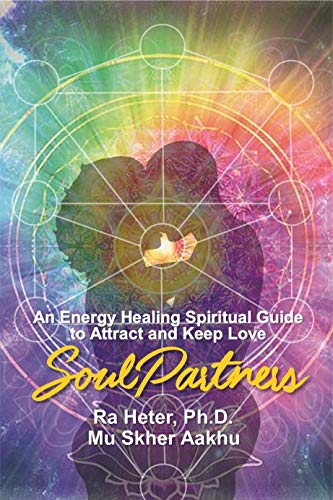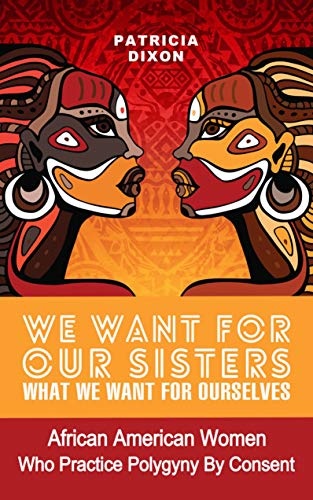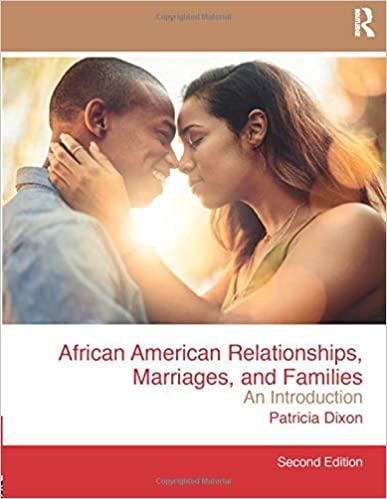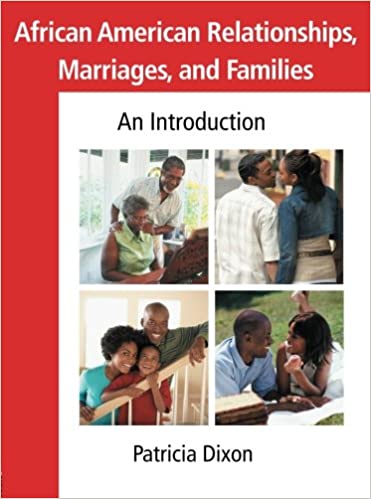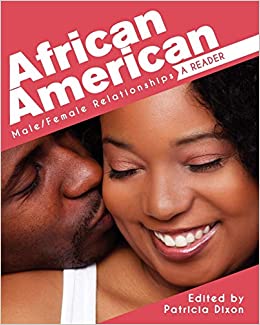Category Archives: Dating and Choosing a Partner
Have You Filled out Your Relationships Resume?

My Relationships Resume (Click on link for a copy)
The Relationships Resume gives you the opportunity to let someone know that you are interested in exploring possibilities with them. You can also put it in an envelope, give it to someone and ask them to fill it out for you.
Which Brain are Your Using to Select a Parnter?
Reptilian-(R-Complex)
- Aggression, dominance, territoriality—safety, survival, procreation
Mammalian (Animal Brain)
- Emotional involved in acquisition of food for feeding, reproductive behavior, for procreation essentially survival of the species
Cerebral Cortex (Reasoning & Intelligence)
- Source of language, use of symbols, reason and logic processing culture and traditions
- The source and foundation of moral and social behavior
Pre-Frontal Lobe (Spiritual Brain)
- The Vehicle through which divine consciousness executes its enlightened will
- The Vehicle through which divine consciousness interfaces, interjects and redirects will
Are Your Burning the Relationship Out in the “Hot or Cooking Stage”
Fu-Kiau (1994), in Time in the Black Experience, explains that for Africans everything—institutions, systems, and processes—follow a time process, which is the “unlimited and ongoing process of events throughout the universe through the power and energy of Kalunga, the supreme force. Planets undergo cosmic time, earthly beings undergo vital time, and nature undergoes natural time; and even social systems and institutions undergo a time process that consists of four stages. As shown in the figure above, these four stages include conception, birth, maturity, and transformation and death.
THE STAGES OF DATING
Just as everything goes through the four stage time process, so too does dating and mating.
Conception–“Cooking or Hot Stage”
This is the stage when two individuals meet. After meeting the person, conception is the thought that “I would like to get to know this person better.” If one already knows the individual, conception is the thought of the person as someone that one would like to get to know for possibilities as a potential partner. It is at this stage that one might consider starting to date.
Birth
The birth of the relationship is the stage at which individuals make a commitment to explore each other at deeper levels for the possibility of a permanent relationships or marriage.
Maturity
This is the period when the relationship is maturing and individuals decide to become engaged for marriage.
Transformation
At this stage the individuals are now undergoing a transformation. It is at this period that the individuals decide to move the relationship to a higher level, which may mean marriage. If both individuals do not seek permanency, then it can mean the death of the relationship—at least an intimate one. If the individuals decide to marry, although the relationship continues to mature, it begins a new process, that also goes through the four-stage time processes with different challenges, many of which evolve around how to coexist under marriage.
Many through the stages too quickly–going through all the stages in the “hot” stage. What tends to happen is that we move into physical intimacy without emotional, mental and spiritual intimacy. Because we do not allow for the natural unfolding of getting to know the person, it kills the possibility for a relationship to develop.
Are you moving though the stages too fast?
Source: African American Relationships, Marriages and Families: An Introduction, Patricia Dixon, Ph.D.
Whos Using Who?
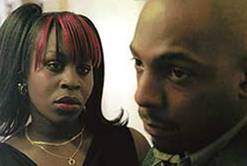
In The Black Male/Female Connection, Maulana Karenga (1989a) examines three dominant ideologies underlying the U.S. social structure that have destructive effects on African Americans and their relationships. These include:
Capitalism–which “turns relationships… into commodities and utilitarian arrangements”
Racism–which bases humanity on the concept of race and racial hierarchies and “engenders self-hate, self-doubt and pathological fixation on the White paradigm” and
Sexism–which “imposes unequal, oppressive and exploitive relationships based on gender or sex” and “encourages artificial personal power over women as a substitute for real social power over one’s destiny and daily life” (pp. 47–48).
Connections
These structural values transform African American relationships into what Karenga calls “connections … a short-term or tentative association which is utilitarian and alienated and is designed primarily for the mutual misuse of each other’s body” (p. 48). These connections include the:
Cash Connection – money and material become the basis of relationship formation. It is evident when women expect men to spend money for their time and when men expect a woman’s body in exchange for spending money. It is also in operation when women sell themselves to men looking for them to “take care of them, “exchanging sex for economic security and calling it marriage.”
Flesh connection –“grows out of the pornographic character of society and is an association based purely or predominantly on the pursuit of sex. It focuses on the perverse things that can be done with the body [and] is an outgrowth of pornography …which expresses itself in five basic ways”: (1) alienation, men and women alienated from their “species half,” (2) the objectification, “turning a natural partner into an object of use,” (3) fragmenting of the body, “hacking it into usable pieces, rejecting the wholeness of the human personality,” (4) brutalization, and (5) “a sexually commodity form,” “the packing and peddling of the body.”
Force connection – arising “out of the violent and oppressive character of society, with conquest being a central theme, permits men to use their greater physical strength to subdue women” and
Dependency connection – emerges when a woman after “being transformed into a commodity” and “reduced to parts of her body, becomes dependent” (pp. 48a–48c).
The force connection, undergirded by a sense of ownership, leads men to think they can dominate women through mere force, and the dependency connection renders women vulnerable to domination. All of these connections inhibit the development of quality relationships.
How are you connecting? If you are not sure, the key is to slow it down so you can get to know the person and know what their intentions are.
Sources: African American Male-Female Relationships: A Reader–Dr. Patricia Dixon (for the entire article)
African American Relationships, Marriages and Families, Dr. Patricia Dixon








